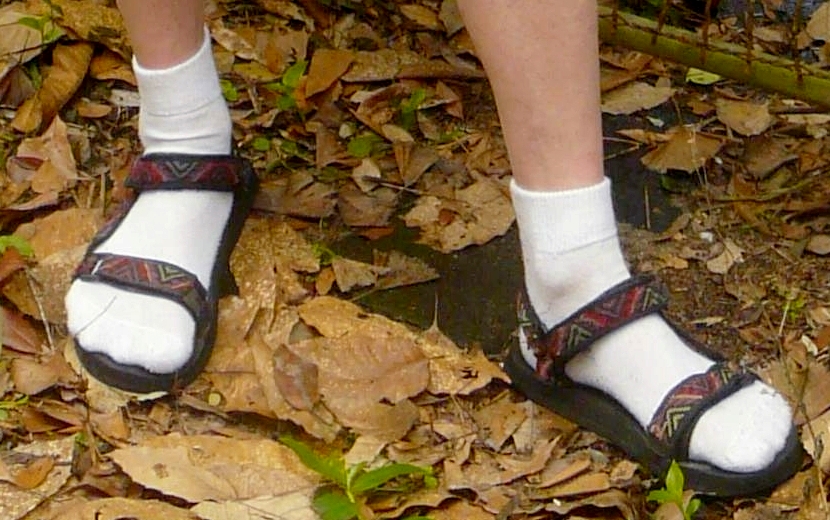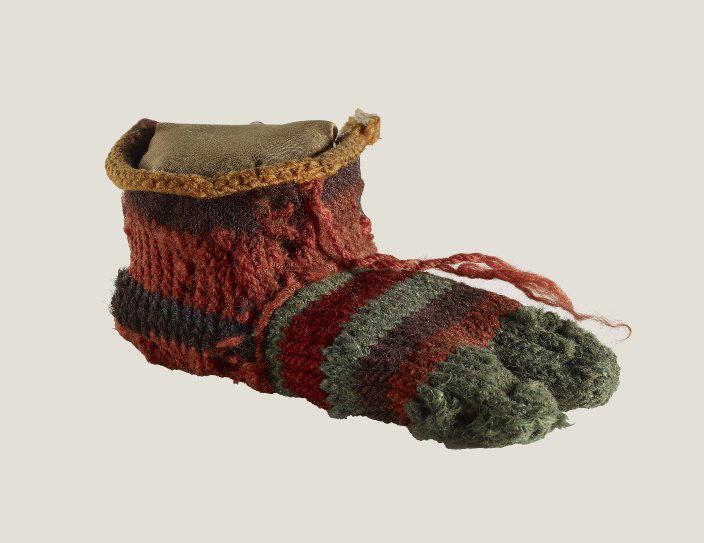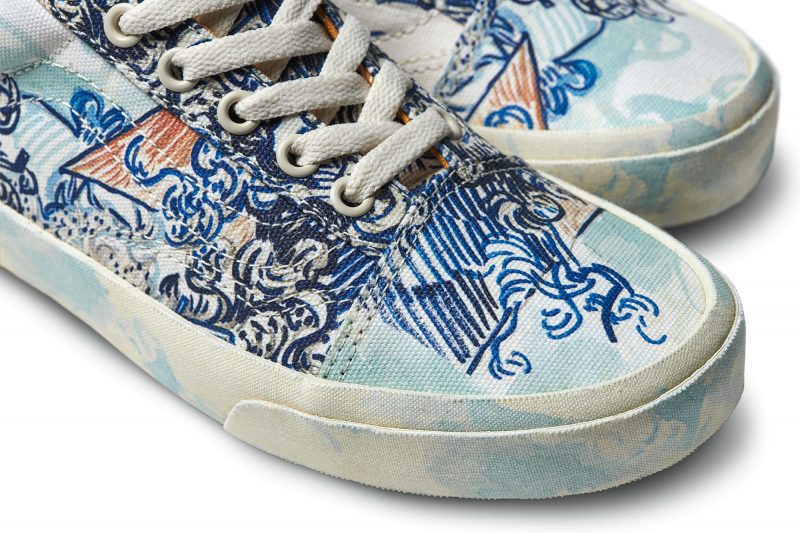Even if you don’t care about high fashion or high society — to the extent that those two things have a place in the current culture — you probably glimpsed some of the coverage of what attendees wore to the Met Gala earlier this month. Or perhaps coverage isn’t strong enough a word: what most of the many observers of the Metropolitan Museum of Art’s Costume Institute annual fundraising gala did certainly qualified as analysis, and in not a few cases tipped over into exegesis. That enthusiasm was matched by the flamboyance of the clothing worn to the event — an event whose co-chairs included Lady Gaga, a suitable figurehead indeed for a party that this year took on the theme of camp.
But what exactly is camp? You can get an in-depth look at how the world of fashion has interpreted that elaborate and entertaining but nevertheless elusive cultural concept in the Met’s show Camp: Notes on Fashion, which runs at the Met Fifth Avenue until early September.
“Susan Sontag’s 1964 essay Notes on ‘Camp’ provides the framework for the exhibition,” says the Met’s web site, “which examines how the elements of irony, humor, parody, pastiche, artifice, theatricality, and exaggeration are expressed in fashion.” But for a broader understanding of camp, you’ll want to go back to Sontag’s and read all of the 58 theses it nailed to the door of the mid-1960s zeitgeist.
According to Sontag, camp is “not a natural mode of sensibility” but a “love of the unnatural: of artifice and exaggeration.” It offers a “way of seeing the world as an aesthetic phenomenon.” Most anything manmade can be camp, and Sontag’s list of examples include Tiffany lamps, “the Brown Derby restaurant on Sunset Boulevard in L.A.,” Aubrey Beardsley drawings, and old Flash Gordon comics. Elevating style “at the expense of content,” camp is suffused with “the love of the exaggerated, the ‘off,’ of things-being-what-they-are-not.” Camp is not irony, but it “sees everything in quotation marks.” The essential element of camp is “seriousness, a seriousness that fails.” Camp “asserts that good taste is not simply good taste; that there exists, indeed, a good taste of bad taste.”
“When Sontag published ‘Notes on Camp,’ she was fascinated by people who could look at cultural products as fun and ironic,” says Sontag biographer Benjamin Moser in a recent Interview magazine survey of the subject. And though Sontag’s essay remains the definitive statement on camp, not everyone has agreed on exactly what counts and does not count as camp in the 55 years since its publication in the Partisan Review. “Camp to me means over-the-top humor, usually coupled with big doses of glamour,” says fashion designer Jeremy Scott in the same Interview article. “To be interesting, camp has to have some kind of political consciousness and self-awareness about what it’s doing,” says filmmaker Bruce Labruce, challenging Sontag’s description of camp as apolitical.
And what will become of camp in the all-digitizing 21st century, when many eras increasingly coexist on the same culture plane? Our time “has cannibalized camp,” says cultural history professor Fabio Cleto, “but to say that it’s no longer camp because its aesthetics have gone mainstream is an overly simplistic reading. Camp has always been mourning its own death.” Even so, some of camp’s most high-profile champions have cast doubt on its viability. The phrase “good taste of bad taste” brings no figure to mind more quickly than Pink Flamingos and Hairspray director John Waters (who speaks on the origin of his good taste in bad taste in the Big Think video above). But even he speaks pessimistically to Interview about camp’s future: “Camp? Nothing is so bad it’s good now that we have Trump as president. He even ruined that.”
Related Content:
Why So Many People Adore The Room, the Worst Movie Ever Made? A Video Explainer
David Foster Wallace on What’s Wrong with Postmodernism: A Video Essay
The Star Wars Holiday Special (1978): It’s Oh So Kitsch
Susan Sontag’s 50 Favorite Films (and Her Own Cinematic Creations)
John Waters Talks About His Books and Role Models in a Whimsical Animated Video
Based in Seoul, Colin Marshall writes and broadcasts on cities, language, and culture. His projects include the book The Stateless City: a Walk through 21st-Century Los Angeles and the video series The City in Cinema. Follow him on Twitter at @colinmarshall or on Facebook.









